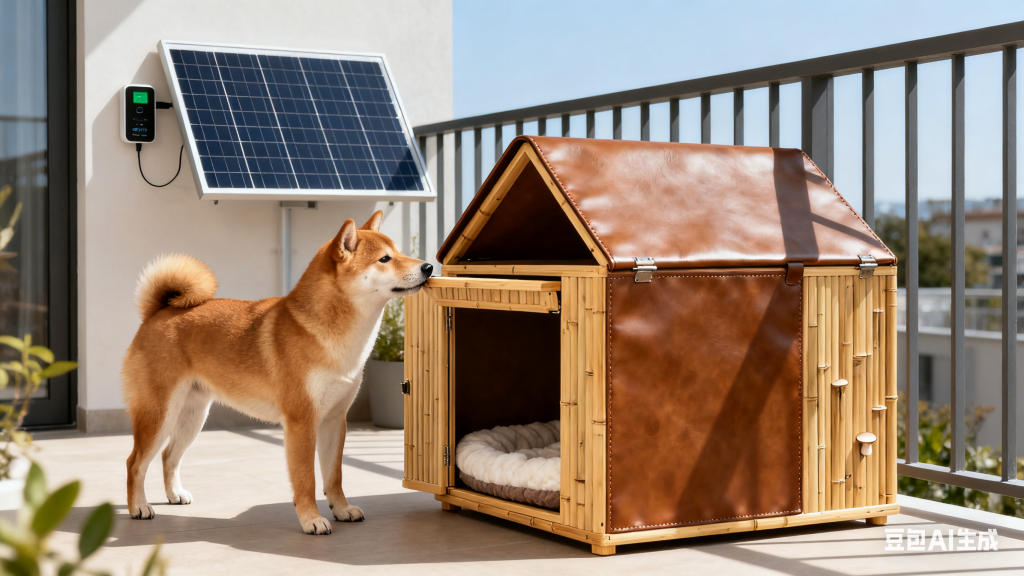In recent years, pet furniture has gone from an afterthought to a design centerpiece. No longer are scratching posts and dog beds just practical objects shoved in a corner — they are becoming miniature works of art that complement human living spaces.

Imagine a cat tree inspired by Japanese Zen gardens: sand-colored platforms, smooth wooden posts, and a tiny raked-sand base where your cat can sit like a furry monk. Or a modular dog bed that clicks together like LEGO bricks, transforming from a cozy nook to a lounge sofa when friends (and their dogs) visit.
The evolution of pet furniture is more than aesthetic; it’s about integrating pets into our homes in a way that respects their needs and our own sense of style. Designers are experimenting with sustainable materials like bamboo, recycled felt, and even mushroom leather, creating eco-friendly pieces that pets love to scratch or snuggle in.
But the most exciting innovation might be “interactive furniture” — smart pieces that double as enrichment toys. Picture a coffee table with hidden treat drawers that your dog learns to open or a bookcase with built-in climbing routes for adventurous cats. These designs turn furniture into an experience, engaging pets mentally and physically.
Pet furniture 2.0 is a statement: we’re designing not just for humans, but for our multi-species households. The future living room might be less about sofas and more about spaces where tails wag and paws play — without compromising on elegance.
